Usual indoor plants and flowers are beautiful, they wonderfully look in interiors, they fresh the atmosphere and positively influence on health. But sometimes you need something desirable something unusual, original, something that you will be proud of and surprise visitors at your house. Is it possible to grow up most exotic plants in house conditions? There is nothing impossible. Such bright, memorable plants as: bananas, avocado, tropical flowers predators, fig, bamboo, jasmine and a poisonous oleander – can decorate your house.
How to grow an Avocado tree from a pit indoors
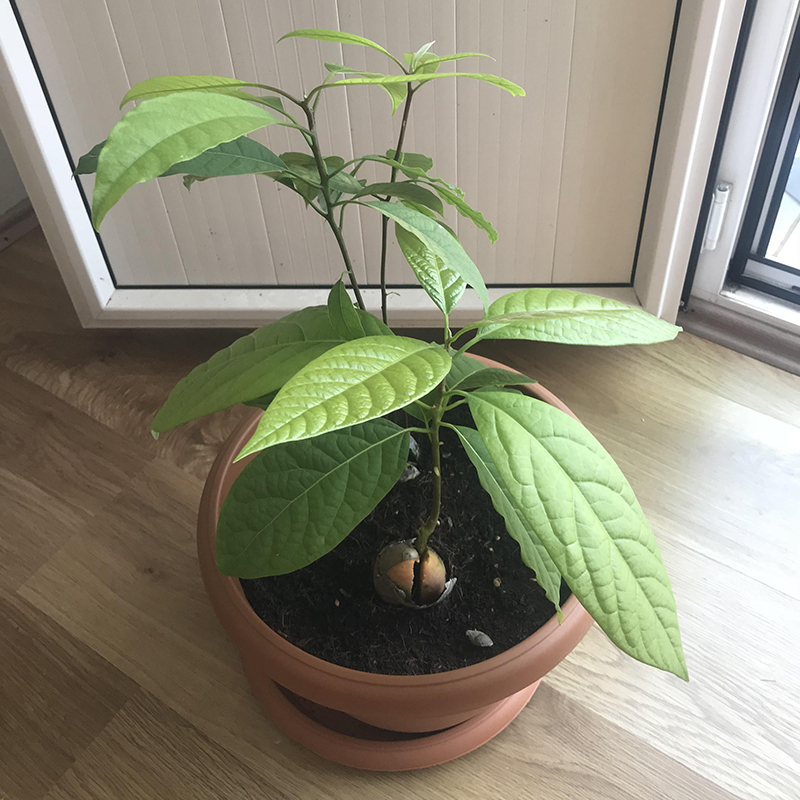 Having eaten a tasty and nutritious fruit of avocado, do not hurry up to throw away its large stone. This tropical plant can be grown in your house in a pot. For some years the tree will grow up to 1 meter in height, but in house conditions, the avocado does not blossom and does not fructify. Those fruits that we use in food grow on trees in 20 meters in height in tropics and subtropics.
Having eaten a tasty and nutritious fruit of avocado, do not hurry up to throw away its large stone. This tropical plant can be grown in your house in a pot. For some years the tree will grow up to 1 meter in height, but in house conditions, the avocado does not blossom and does not fructify. Those fruits that we use in food grow on trees in 20 meters in height in tropics and subtropics.
It is easy enough to start growing up an avocado and this can do even a beginner fan of exotic. It is necessary to plant the stone with the blunt end in a mix of crude peat and crushed expanded clay, the sharp end has to be over the soil surface. It is better to occupy with reproduction in spring. Close the pot with glass or a polyethylene package in order to keep the raised humidity of the air, and place it in diffused solar light or artificial illumination in a warm place with the temperature not low than 18°?. The sprouts will appear within a month.
How to grow and take care of an exotic tropical Flycatcher
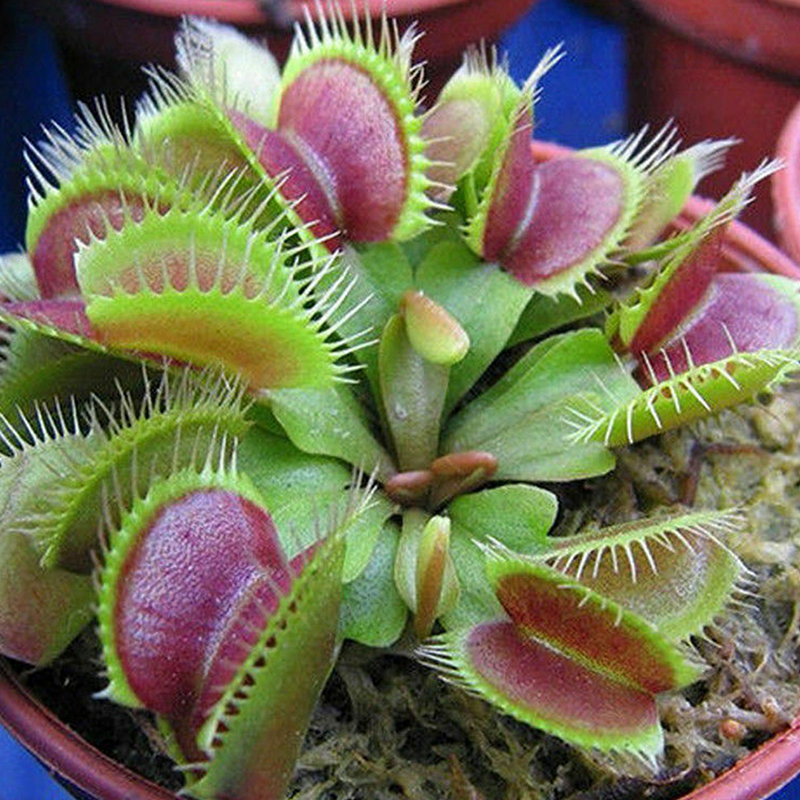 Flycatcher – is one of the most known predatory plants. Flowers predators have appeared because some kinds of plants did not have enough nutrients received by roots from the soil. They learned to catch insects, and to receive the necessary food, digesting them. The majority of these plants – are tropical and marsh, and their long cultivation in house conditions is rather inconveniently. Even if to follow all the rules, insectivorous plants will not live long. But don’t upset – during a short period of time to look after them will be much more interesting than to look after many plants which live at you for years.
Flycatcher – is one of the most known predatory plants. Flowers predators have appeared because some kinds of plants did not have enough nutrients received by roots from the soil. They learned to catch insects, and to receive the necessary food, digesting them. The majority of these plants – are tropical and marsh, and their long cultivation in house conditions is rather inconveniently. Even if to follow all the rules, insectivorous plants will not live long. But don’t upset – during a short period of time to look after them will be much more interesting than to look after many plants which live at you for years.
Except for tremendous leaves-traps with teeth along the edges, the flycatcher will please you with fine white flowers: if to take care after it well, it blossoms two times a year. The plant requires moderate illumination and high humidity. The soil should be damp all the time. Dryness is a poison for plant traps. It is not recommended to feed up the plant with fertilizers, because the plant’s roots die from them. But you will be able to feed your flycatcher with flies, but only with alive flies and very rare. It is impossible to especially irritate the plant’s traps; it leads to the plant’s death.
How to plant and take care of a Coffee tree
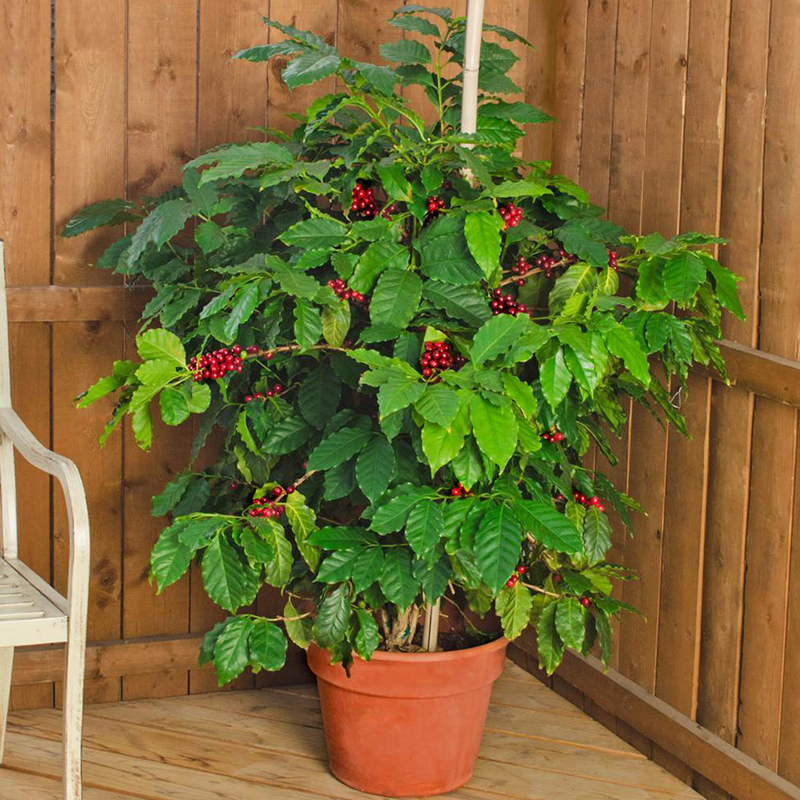 The usual coffee grains are given by coffee tree. A real coffee tree can be grown as an indoor plant, and in some years it will blossoms. It is a beautiful bush with large, dark, brilliant, wavy leaves on the edges, about 1 meter in height. It blossoms with white flowers, after which follow round fruits used for making and drinking coffee. It is possible to get a half kilogram of green grains in a year from an adult plant in house conditions.
The usual coffee grains are given by coffee tree. A real coffee tree can be grown as an indoor plant, and in some years it will blossoms. It is a beautiful bush with large, dark, brilliant, wavy leaves on the edges, about 1 meter in height. It blossoms with white flowers, after which follow round fruits used for making and drinking coffee. It is possible to get a half kilogram of green grains in a year from an adult plant in house conditions.
Coffee tree – is an unpretentious plant, but it loves moisture and is afraid of droughts. The diffused light suits it the best. The too-bright illumination can cause wrinkling and yellowing of leaves. In a shade, the growth can delay. The coffee tree requires regular watering, especially in the course of growth. It is not necessary to water the plant until the top layer of the ground will slightly dry up. The too plentiful watering, as well as insufficient watering, can lead to the leaf fall. During the winter period, the watering needs to be limited.
How to plant and take care of a Citrus plants
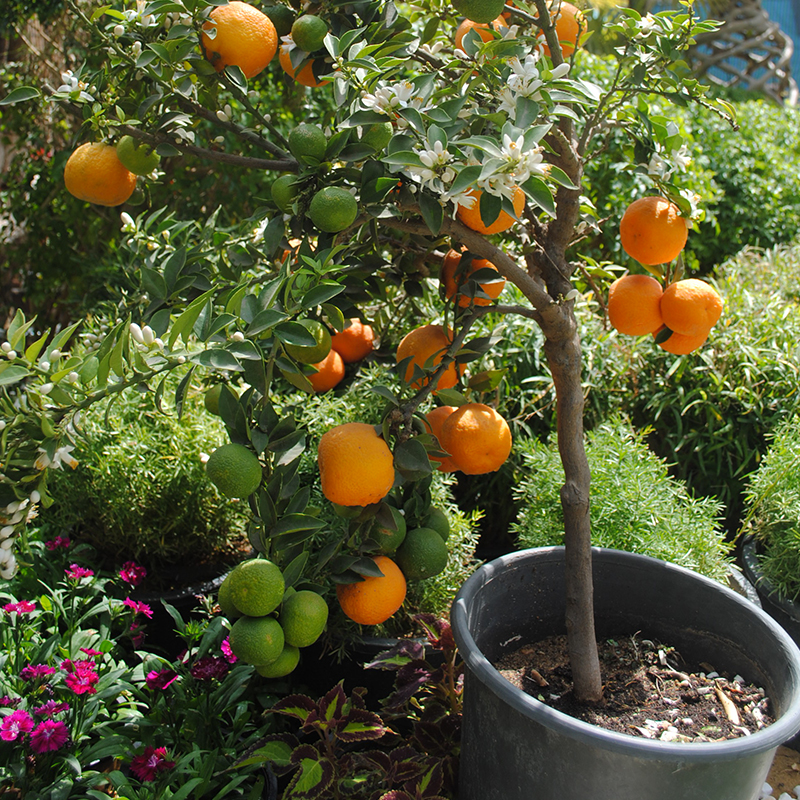 The orange, as well as other citrus (tangerine, lemon, lime, grapefruit), can be as well as a decorative indoor plant, and a garden plant. It is important to know that the plants grown from seeds of citrus are usually big enough and are used more likely as garden plants. As an indoor plant, it is possible to recommend the Dwarfish Orange, it does not exceed 1 meter in height.
The orange, as well as other citrus (tangerine, lemon, lime, grapefruit), can be as well as a decorative indoor plant, and a garden plant. It is important to know that the plants grown from seeds of citrus are usually big enough and are used more likely as garden plants. As an indoor plant, it is possible to recommend the Dwarfish Orange, it does not exceed 1 meter in height.
Even the beginning flower growers can grow an orange. It is better to place the orange in light and solar place, the premise should be aired well, and the air should not be too dry. The orange should be brightly shined. It needs to be watered with warm settled water, during summer the watering has to be regular and plentiful, and in winter watering has to be considerably reduced. From March till October every week for decorative-blossoming plants, the fertilizers have to be introduced. Following these easy rules, you can enjoy the smell of orange flowers and fruits at your house.
How to take care for Oleander flower
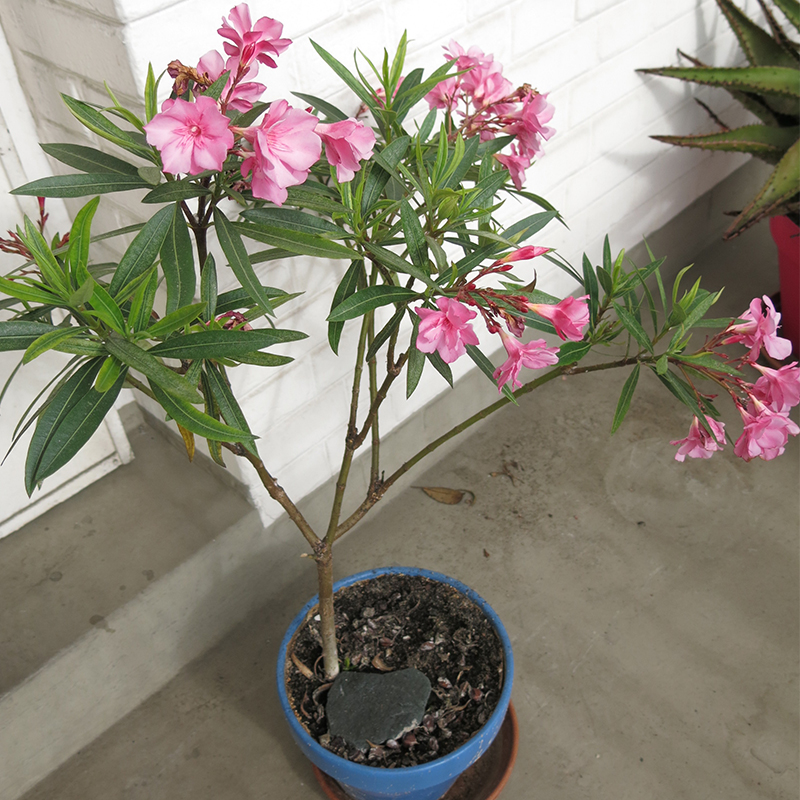 The oleander requires a big room or a greenhouse, because it’s a rather big bush. When buying it can look a compact bush, but keep in mind that the oleander will expand. This plant will decorate the interior of a big hall, a spacious hall of an office or can become a precious part of your winter garden. It blossoms in summer with very beautiful fragrant flowers, gathered in a brush over narrow, like a willow, leaves. The Wood and juice are poisonous; therefore it is impossible to have this plant in your house if you have children.
The oleander requires a big room or a greenhouse, because it’s a rather big bush. When buying it can look a compact bush, but keep in mind that the oleander will expand. This plant will decorate the interior of a big hall, a spacious hall of an office or can become a precious part of your winter garden. It blossoms in summer with very beautiful fragrant flowers, gathered in a brush over narrow, like a willow, leaves. The Wood and juice are poisonous; therefore it is impossible to have this plant in your house if you have children.
The oleander is presented in several forms: with white, pink, red and yellow coloring of flowers. It does not like narrowness, therefore it is necessary to be placed in a big premise with bright illumination and enough heat of air. The oleander does not require special conditions or special operations for care. During the warm season, the plant requires everyday plentiful watering. The mineral and organic fertilizers there are enough to be introduced once a month. For flowering improvement, the expanded runaways of the plant have to be regularly cut off.

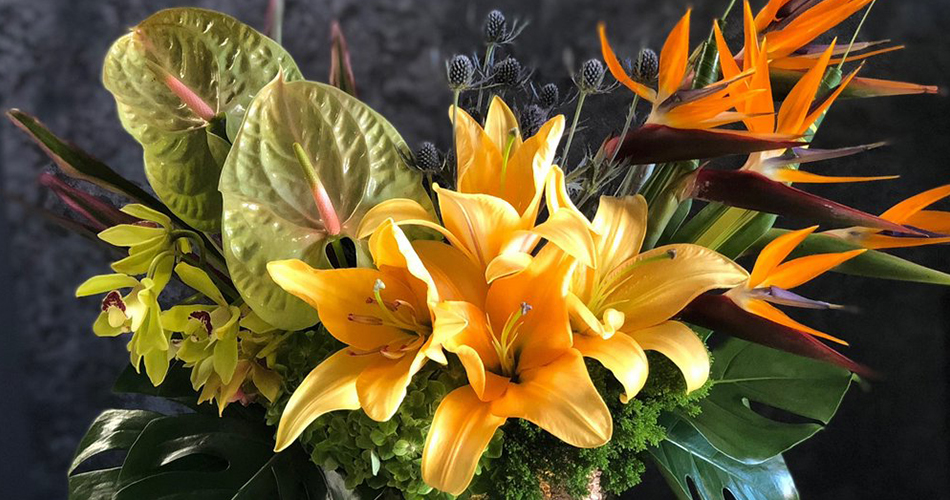
Be First to Comment